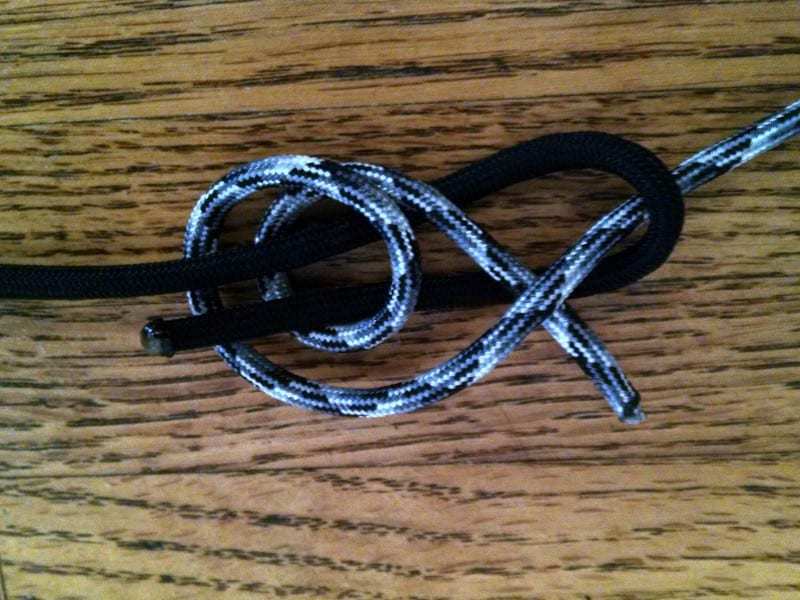The Crock Knot: A Time-Tested Essential in Knot-Tying
In the realm of knot-tying, there are numerous knots, each with its own unique application and history. Among these, the crock knot stands out for its practicality and resilience. Although not as well-known as other knots, the crock knot has a storied past that highlights its importance in various fields, from maritime operations to outdoor adventures.
Origins and History
The crock knot’s history is deeply rooted in its practicality and utility. Its origins can be traced back to a time when sailors, explorers, and adventurers needed a knot that could endure substantial strain and pressure. Unlike many knots that were developed for specific purposes, the crock knot was designed with versatility in mind. This made it a reliable choice for a wide range of applications.
The name “crock knot” is believed to have emerged from industry-specific or regional terminology, reflecting its practical use in securing ropes and lines. Over time, as the knot was passed down through generations, its reputation for strength and reliability grew. It became a staple in many knot-tying guides and manuals, valued for its effectiveness in challenging conditions.
Design and Features
The crock knot is celebrated for its simplicity and strength. Its design allows it to handle significant loads without slipping or unraveling. This makes it ideal for tasks that require a dependable knot, whether on land or at sea. The knot is particularly useful in situations where other knots might fail, making it a go-to choice for many professionals and enthusiasts.
One of the key features of the crock knot is its ease of tying. Despite its robust performance, the knot can be tied quickly and without special tools. This simplicity contributes to its continued use in modern contexts, where efficiency and reliability are paramount.
Applications
Historically, the crock knot was an essential tool for sailors who needed a secure knot to handle the demanding conditions of maritime life. It was also employed by explorers and adventurers who required a knot that could withstand the rigors of their journeys. Today, the crock knot remains a valuable asset in various fields.
In maritime operations, the crock knot is used to secure ropes and lines, ensuring they remain tightly fastened even under heavy loads. Its strength and durability make it ideal for tasks such as mooring boats or securing cargo.
In outdoor activities, the crock knot is equally useful. Whether you’re camping, hiking, or engaging in other outdoor adventures, the knot’s reliability can be a crucial factor in ensuring your gear remains secure. Its simplicity means that even those new to knot-tying can master it quickly, making it a valuable addition to any outdoor enthusiast’s toolkit.
Modern Relevance
As outdoor activities and transportation methods have evolved, so has the use of the crock knot. It has adapted to meet the needs of contemporary users while preserving its historical legacy. The knot continues to be valued for its strength and simplicity, maintaining its status as a fundamental knot in both historical and modern contexts.
The crockknot.org ability to handle significant strain and pressure makes it a timeless tool for anyone who needs a dependable knot. Its historical significance, combined with its practical applications, ensures that it remains a relevant and essential knot in the present day.
Conclusion
The crock knot may not be as widely recognized as some of its counterparts, but its history and practical applications speak volumes about its significance. From its origins with sailors and adventurers to its continued use in modern contexts, the crock knot has proven its worth time and again. Its design, optimized for durability and strength, ensures that it remains a reliable choice for a variety of tasks. As we continue to explore and engage in outdoor activities, the crock knot stands as a testament to the enduring importance of practical, well-designed tools.






